If you love the Siamese and the Burmese but only have space for one cat, you’re in luck because the Tonkinese cat is the best of both worlds. Smart, sweet, and sociable, the Tonkinese is a hybrid (mix) of the Siamese and the Burmese.
Also known as the Tonk, this beautiful, pointed cat has soft, muted colors and a lean yet sturdy build. Complementing their charming personality is a chirp-like voice. While this cat likes to "talk," they don't share the loud, demanding meow of their notably vocal relative, the Siamese.
Learn more about the Tonkinese, including the breed’s temperament, care needs, and more.
Breed Overview
Other Names: Tonk
Personality: Friendly, sociable, playful, intelligent
Weight: Up to 12 pounds
Length: Up to 28 inches
Coat Length: Short hair
Coat Colors: Platinum, champagne, blue, and natural
Coat Patterns: Colorpoint, solid, and mink
Eye Color: Blue, gold, or green
Lifespan: Up to 16 years
Hypoallergenic: No
Origin: United States
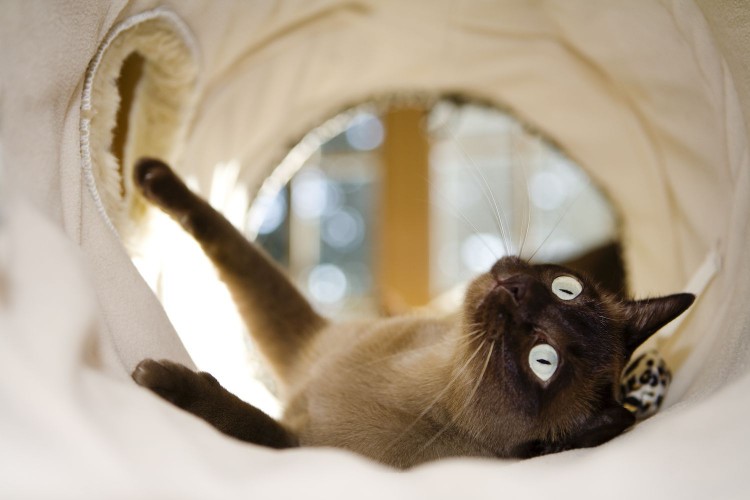
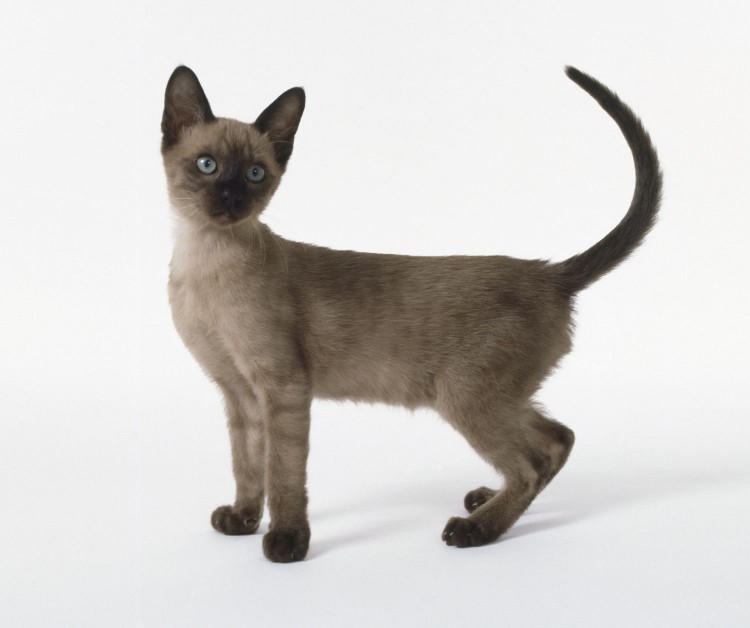
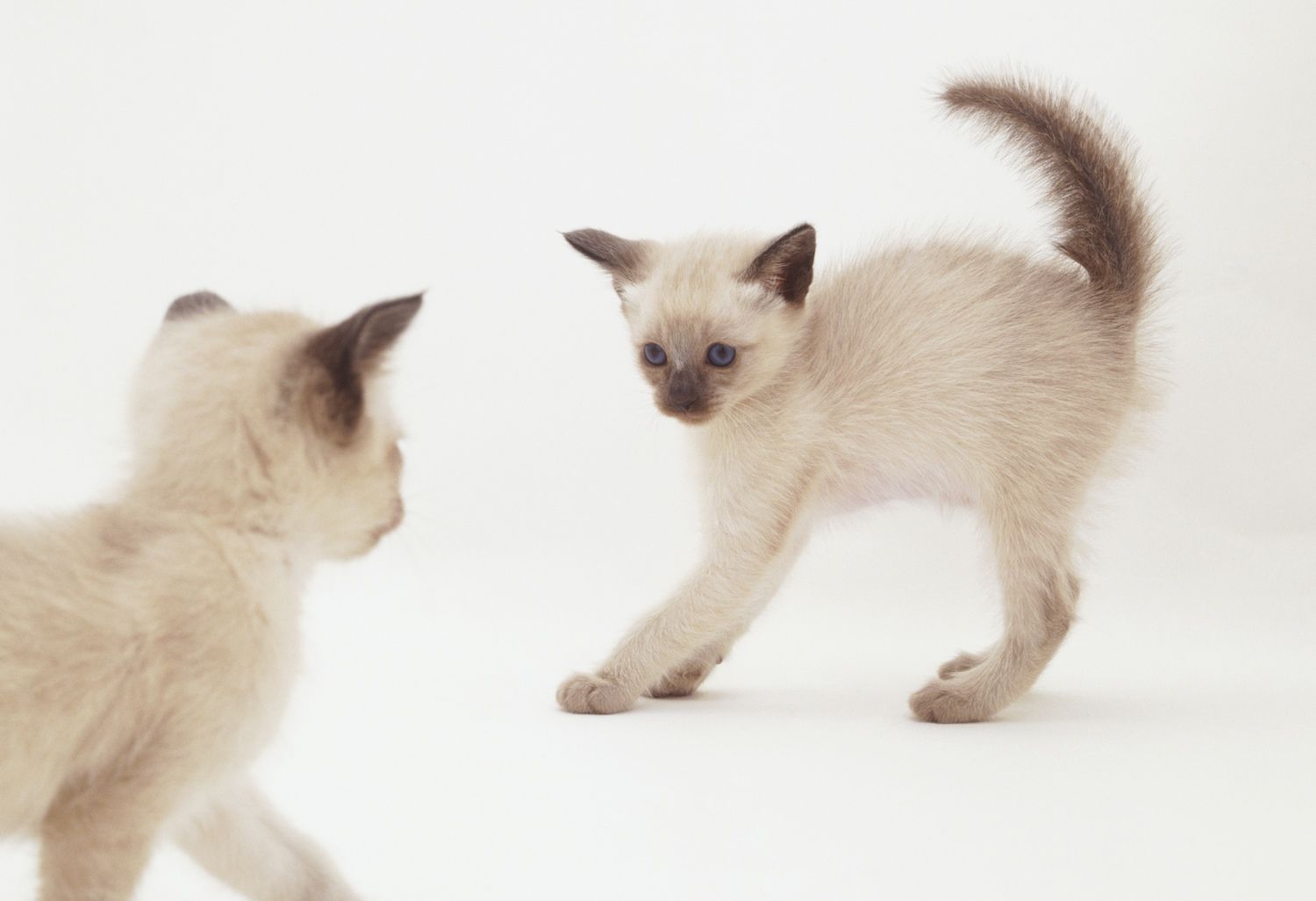
Tonkinese Cat Characteristics
Active and intelligent, the Tonkinese loves to play, but their easygoing temperament makes them content to spend time with family without a lot of attention or stimulation. They are happy to "speak" when spoken to but don't vocalize excessively.
The Tonk has an irrepressible people-loving personality. They are eager to be pet, held, talked to, played with, and cuddled on a warm lap. Families with young children who need a tolerant, playful cat may find the Tonkinese to be the perfect pet.
| Affection Level | Very High |
| Friendliness | High |
| Kid-Friendly | High |
| Pet-Friendly | High |
| Exercise Needs | Medium |
| Playfulness | High |
| Energy Level | Medium |
| Trainability | Medium-High |
| Intelligence | Medium-High |
| Tendency to Vocalize | Medium-High |
| Shedding | High |
History of the Tonkinese Cat
The Tonkinese breed came to be because Siamese and Burmese enthusiasts wanted a cat that looked a lot like a Siamese but with a sturdier build and mellower temperament.
Though it was not yet an established breed, the Tonkinese arrived in the U.S. in 1930 in the form of a female cat named Wong Mau. Imported from Burma by retired Navy doctor Joseph Thompson, Wong Mau was originally considered a poor-quality Siamese by U.S. breeders. She is now credited as the "mother" of the Burmese breed and the Tonkinese breed because genetic testing has since determined that Wong Mau was, in fact, a Burmese-Siamese cross.
It wasn't until the 1960s that the Tonkinese breed was firmly established by Jane Barletta, a Siamese breeder in New Jersey, who was determined to develop a "moderate" Siamese. While several other breeders sought to create a similar breed that balanced the Siamese with the qualities of the Burmese, it was Barletta who worked most diligently in establishing the Tonkinese.
Barletta advertised this "beautifully balanced" breed in Cat Fancy magazine, spoke about it on national television when she was on the game show Jeopardy!, and initiated a nationwide network of breeders that eventually culminated in the formation of the Tonkinese Breed Club. Due, in large part, to Barletta's efforts, the Tonkinese breed was accepted by the Cat Fanciers' Association in 1979.
The breed also gained recognition in other ways. For example, in 1970, a Tonk gave birth to the world’s largest litter of domestic cats, with a total of 19 kittens.
Tonkinese Cat Care
The Tonkinese is a breeze to care for. With a short coat that requires minimal upkeep, grooming is a rare necessity. Regular play is all they need as far as exercise goes, and puzzle toys are appreciated by this intelligent and curious cat. You can even play fetch with a Tonk and train them to do tricks. They like to stay active by running and jumping, so they are sure to love cat trees and hammocks that they can play on.
If you don’t have other pets in the home, consider a second kitty—the Tonkinese loves to have a playmate and companion when their human is away. If you do have other pets in the home, you can look forward to the Tonkinese making animal buddies right away.
While grooming needs are minimal, the Tonkinese is prone to gingivitis, so begin tooth brushing early in life to establish it as a routine.
Common Health Problems
Though the Tonkinese is generally healthy, the breed is susceptible to a few problems, including:
- Dental disease: Oral health conditions like gingivitis, periodontitis, and tooth resorption can affect cats. These can be managed with regular dental care.
- Feline lower urinary tract disease (FLUTD): Conditions that affect the lower urinary tract, such as feline idiopathic cystitis and urinary stones, can cause symptoms like pain when urinating and blood in the urine. Seek veterinary attention right away, as these problems can be life-threatening.
- Inflammatory bowel disease (IBD): This condition impacts the gastrointestinal tract. Symptoms include gastrointestinal discomfort, nausea, diarrhea, and vomiting.
- Amyloidosis: This is the abnormal accumulation of protein deposits in organs (generally the kidneys or liver). Symptoms include weight loss, oral ulcers, and excessive thirst and urination, among others.
- Hypertrophic cardiomyopathy: This causes the left ventricle of the heart to thicken and inadequately pump blood. Symptoms include weakness, pale gums, and labored breathing.
Regular vet visits and a proper diet are essential to maintaining the health of any cat, so make sure your Tonkinese gets annual exams and stays up to date on vaccinations.
Appearance
The short and stocky Burmese contributes a bulkier build to the Tonkinese, but the lanky Siamese gives some height and agility. The head shape is also a balance of the two parent breeds, neither too blocky nor dramatically wedge-shaped. The coat is short and sleek (though there is a longer-haired version that is generally referred to as a Tibetan).
Tonkinese kittens have a uniform coat color and blue eyes. As they grow, their coat changes to reveal the pattern featuring lighter and darker areas of the body—lighter fur is on warmer parts of the body, while darker fur develops on cooler parts. And, as they get older, they can continue to get darker.
Tonkinese colors platinum mink. Also, pointed class and solid class colors include natural, champagne, blue, and platinum. The color points of the Tonkinese are more muted than a Siamese, creating a softer look, but the eyes are ideally blue (they can be gold or green like the Burmese). Green to yellow/green eyes are associated with the solid coat colors, while aqua eyes are associated with the mink colors and blue is associated with pointed colors.
Diet and Nutrition
Like many cats today, the Tonkinese is at risk for obesity and should be fed an appropriately balanced diet in moderation. You should also consider other Tonkinese-specific health risks when deciding on the right food for your cat. For instance, several foods focus on dental health, and others are formulated to balance urine pH to help prevent bladder stones. Ask your vet for recommendations for the best food for your cat.
Where to Adopt or Buy a Tonkinese Cat
On average, Tonkinese cats from reputable breeders can cost anywhere from $600 to $1,200.
Both the Tonkinese Breed Association (TBA) and the Cat Fanciers' Association (CFA) maintain breeder lists. If you're not particular about your cat's papers, then you may be able to find a cat that resembles a Tonkinese at your local shelter.
Tonkinese Cat Overview
The Tonkinese is extremely social and loves human attention. If you’re looking for a kitty who can be happy at home alone while you work long hours, the sociable and affectionate Tonkinese probably isn’t right for you. These cats prefer being around their humans and interacting with their family as much as possible every day. They also do well in multi-cat households where they can play with each other.
Pros of the Tonkinese
- Beautiful coat colors
- Affectionate, endearing personality
- Not as loudly vocal as the Siamese
Cons of the Tonkinese
- Prone to some genetic health problems
- Does not like to be left alone
- May need a specific diet for urinary health
More Cat Breeds and Further Research
If you’re interested in similar breeds, check out:
- Siamese
- Burmese
- Balinese
Otherwise, check out all of our other cat breed profiles.
- How much does a Tonkinese cat cost?
These cats cost up to $1,200 each, depending on the breeder.
Are Tonkinese cats noisy?Tonkinese like to "talk" but their voices are softer—more like chirps—than their Siamese relatives.
Do Tonkinese cats like to be held?Tonkinese cats like to be held, and will gladly cuddle with you. They are exceptionally affectionate and sociable pets that enjoy human company.
Related Article
 litter-box-training-and-issues
litter-box-training-and-issuesHow to Stop Your Cat From Tracking Litter and Poop
Cats are fastidiously clean animals. They constantly groom themselves, don't like to be wet or
 cat-behavior-problems
cat-behavior-problemsHow to Stop Your Cat From Pooping in the Sink or Bathtub
There are a few explanations as to why your cat might suddenly have abandoned its litter box and st
 cat-nutrition-and-food
cat-nutrition-and-food5 Reasons to Check Cat Food Expiration Dates
When companies are issuing recalls on cat and dog food, pet owners are rightly concerned about the
 cat-nutrition-and-food
cat-nutrition-and-foodWhat Fruits Can Cats Eat?
Wondering if kitty can have a bite of the fruit you're eating? Maybe. Cats are obligate carnivo
 cat-reproductive-health
cat-reproductive-healthCat Pregnancy Stages
In most cases, responsible pet ownership involves spaying and neutering cats. Not only does spaying
 cat-parasites
cat-parasitesWorms, Mites, Ticks and Other Bugs That Live on Cats
Cats are susceptible to many different types of bugs and parasites, but there are two main classifi
 cat-diseases-and-disorders
cat-diseases-and-disordersManaging Cats With Epilepsy and/or Seizures
Cat seizure medications are often used to control seizures and epilepsy in cats, but they're no
 cat-diseases-and-disorders
cat-diseases-and-disordersCoccidia in Cats
Coccidia may not be visible to the naked eye but that doesn't mean it can't cause problems
About FleaFree Feline
We are a premier digital platform committed to delivering high-quality content to our readers. Our mission is to provide accurate, reliable, and engaging information that adds value to our audience's daily lives.
Our team consists of experienced content creators and subject matter experts who uphold the highest standards of professionalism. In an era of information overload, we curate content with care, ensuring our users receive only the most relevant and trustworthy information.
Beyond just reporting facts, we focus on depth and context. Through expert analysis, comprehensive research, and clear presentation, we help our audience gain meaningful insights and make informed decisions.
We take pride in being a trusted information source for our growing community of readers. Our user-first approach means we continuously adapt to provide content that meets our audience's evolving needs and interests.
Innovation and excellence drive everything we do. We're committed to improving our platform and services to deliver the best possible experience for our users.

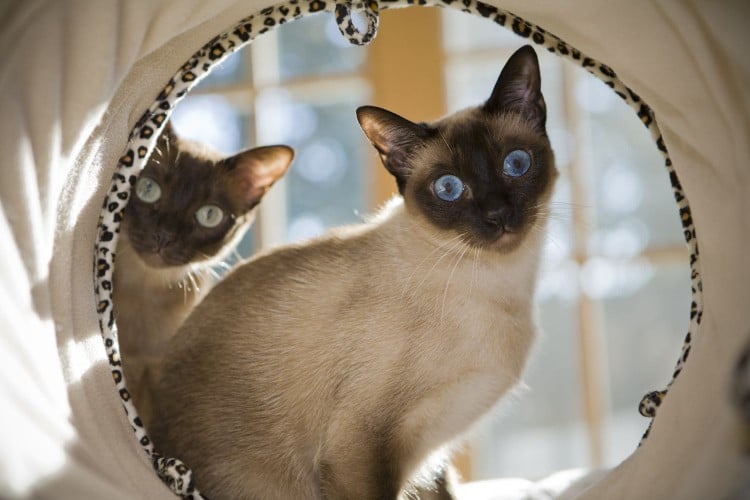
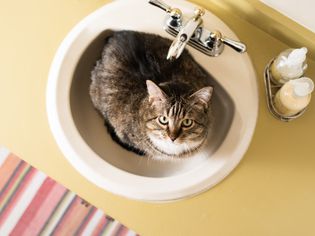


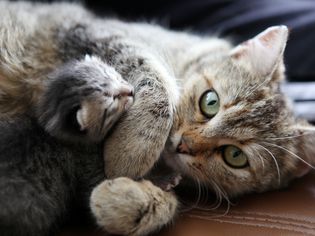
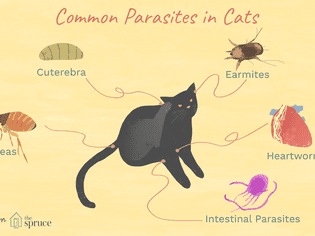

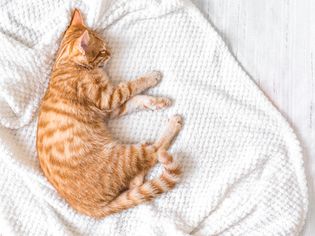
Comments on " Tonkinese: Cat Breed Profile, Characteristics & Care" :